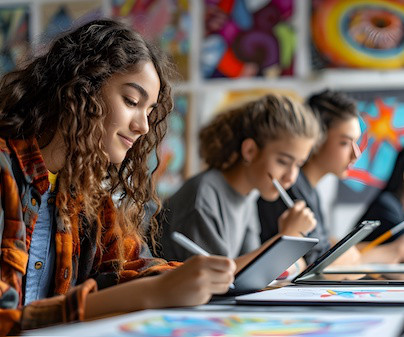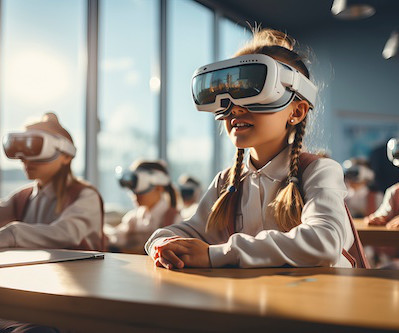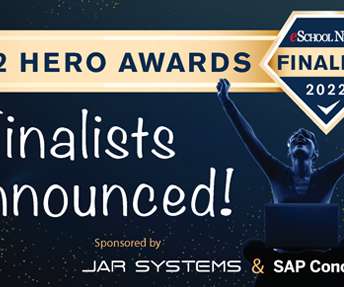We Run a Hybrid School. Here’s How We’re Adapting Our Schedule for the Times.
Edsurge
SEPTEMBER 3, 2020
These face-to-face classes provide a counterpoint to the flexibility and independence of the digital core curriculum, where subjects like math and language arts are taught, which allows students to apply what they learn online in collaborative, project-based learning experiences.















Let's personalize your content